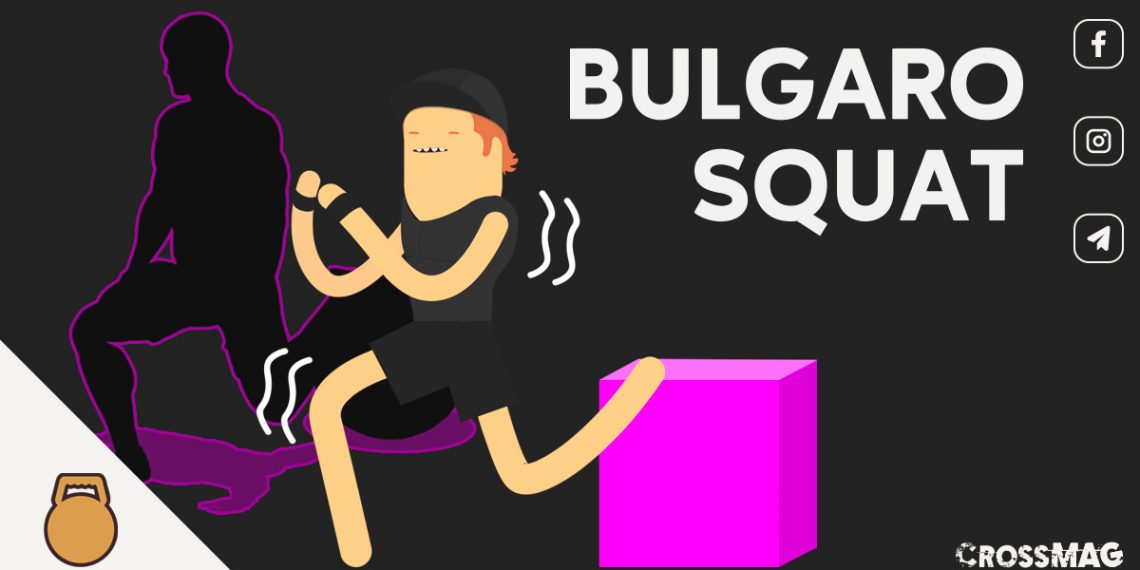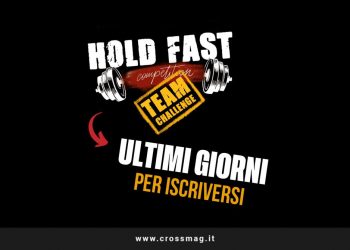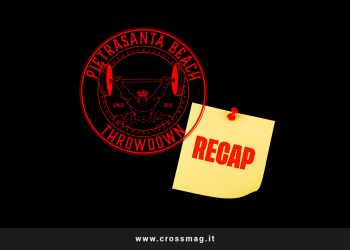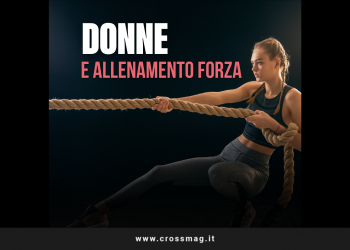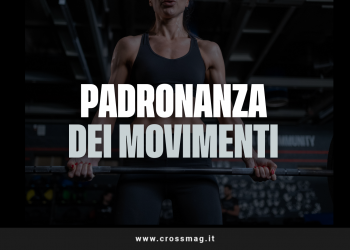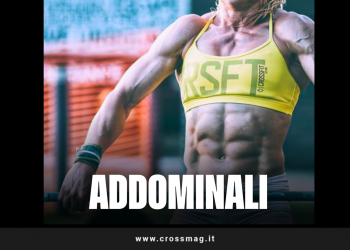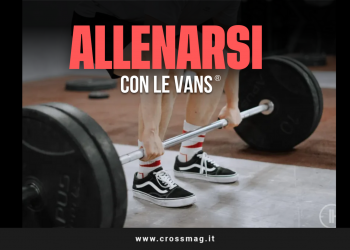They know that every time I get out of the trembling leg day, with my stomach in revolt, and I just want to crash on the sofa for a few days. This is why colleagues in the editorial staff regularly entrust me with articles that talk about exercises to train the legs.
Right retaliation?
Index
In the beginning there is the monopodalic
The Bulgarian squat, or bulgarian squats, or bulgarian split squat (uff: other names?) is an exercise with which you train one leg at a time. To immediately go to a minimum definition: in the Bulgarian squat the position is similar to that of the lunge, with the difference that the leg behind is in an elevated position.
The location is independent of the load you use. In fact, the Bulgarian squat can be done free body, with a barbell, with dumbbells, kettlebells ... embracing a plate, or even wearing a vest. In short: indulge yourself.
So how do Bulgarian squats work?
In the meantime, you need a raise. You can use a bench, or a barbell placed on the stops positioned at the lowest heights of the rack. In this case, it can save you some discomfort in the foot by putting some padding on the barbell.
Then:
- pull your calves upward, and take a couple of steps forward. Eye, that the distance at which you will find yourself it must depend on your height: when you make the movement, the shin of the moving leg must be rather perpendicular to the ground
- rest the foot of the leg not in training (the back one) on the rise: only the toes, not the instep
- tilt your upper body slightly forward: the line of the rear thigh must continue in part
- flex your front knee until you reach the parallel (there is no need to go down more, nor for the rear knee to touch the ground)
Warnings
- the body rises because the legs push it up: you don't work from the back!
- do not align your feet: you lose balance
- do not spread your feet too much: you will bend your knees unnaturally
- fundamental, I repeat, tilt your back: keeping it perpendicular to the hips and shoulders is the way to force it
When to do the Bulgarian squat
In nature, the Bulgarian squat finds its natural habitat on leg days, especially towards the end of the page.
But there is another situation in which this movement is recommended: it is the training of the buttocks.
There are indeed three little tricks which allow to activate the posterior chain - and therefore the buttocks - with greater effectiveness, making the Bulgarian squat a fantastic exercise to work on the notorious booty.
- forward inclined bust = greater work of hamstrings and buttocks
- push, going up, through the heel
- greater distance between the feet
Beware that this does not put the Bulgarian squat higher than the barbell squat in the ranking of exercises for the buttocks: with the squat in fact we are stable and we can load more. Bulgarian is limited by instability of the raised support.
It is therefore an excellent complement, which you can think of adding at the end of your leg day, maybe in a free body circuit and high reps to go out of leg muscles after doing squats, leg presses and, if you have trained your buttocks, hip thrust.
And finally… we have activated a lot of discounts on Amazon: from 30 to 70% on all sports categories! It's all on our dedicated channel ????
SUBSCRIBE HERE TO THE TELEGRAM CHANNEL

